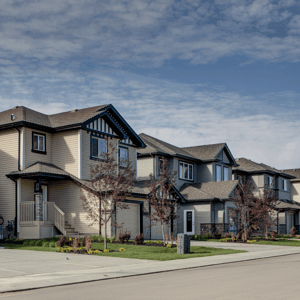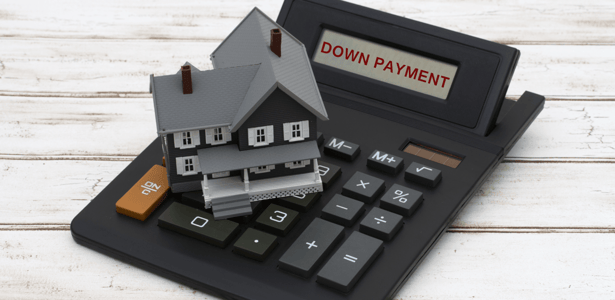The down payment is an essential part of the home buying process, and for many buyers, it’s the biggest hurdle. Saving up such a large amount of money takes time and financial planning.
If you’re thinking about buying a home in the near future, it’s smart to calculate how much you’ll need for a down payment so you can start planning and saving now. Here are six tricks you use to help in determining your down payment.
Down Payment Basics
As of February 15, 2016, Canadian law requires anyone buying a home worth $500,000 or less to have 5% of the purchase price as a down payment. Homes between $500,000 and $1,000,000 require 5% of the first $500,000 and 10% of the remaining balance of the cost of the home. Finally, homes that are $1,000,000 or more require 20% down.
It’s always possible to pay more than the minimum, but remember to factor in the other costs associated with buying a home, such as a pre-purchase home inspection and moving costs.
Note: this is a little tricky. You can do 5% as a minimum down payment, but you'll then have an additional cost of mortgage default insurance. If you're not a first-time home buyer, then you should be budgeting 20% for your down payment.
To keep it simple, we're going to work with a 5% down payment in this post.
Researching Home Prices
Obviously, the more expensive a home is, the larger the down payment will be. Setting a savings goal for your down payment starts by taking a look at the types of homes you’re interested in and getting a good range of prices.
Find a few examples of homes you’d like to live in and make a note of their prices. Most likely, they’ll be within around $50,000 of each other. Use the highest priced home to make your calculations, as you don’t want to come up short when you find your dream home.
Making the Calculation
Determining the minimum down payment you’ll need for the home you want to buy is fairly simple. If it’s under $500,000, simply multiply the cost by 0.05.
$495,000 x 0.05 = $24,750
So your down payment for a $495,000 home would be $24,750.
Calculations are also easy if you’re looking at homes over $1,000,000, as you only need to multiply the figure by 0.20.
1,200,000 x 0.20 = $240,000
The math gets a little trickier if you’d like to buy a home that’s between $500,000 and $1,000,000. Here's what the math looks like for that:
Cost of home: $675,000
$675,000 - $500,000 = $175,000
$175,000 x 0.10 = $17,500
$17,500 + $25,000 (5% of $500,000) = $42,500
The down payment needed for a $675,000 home would be $42,500.
 The Effect of a Larger Down Payment
The Effect of a Larger Down Payment
Note that these calculations will only give you the minimum down payment you need to purchase a home. If you’re only making a 5% down payment, you’ll need to get an insured mortgage (which we mentioned above) and that comes with higher premiums.
You’ll also be taking out a larger mortgage, which means more paid in interest charges over the long term. Saving up a down payment of at least 20% means you’ll qualify for a conventional mortgage and will pay tens of thousands of dollars less in interest fees.
Determine Where the Money is coming from
Don’t be discouraged by the sum of money you need to save up for your down payment. Many people get this money from savings, which you can do by saving a little bit at a time in a tax free savings account (TFSA).
It’s possible to use a gift from family members as the down payment on a home. In these cases, they’re usually required to give you the money before you start the application process, and you’ll need a letter verifying that the money was a gift, not a loan.
The Home Buyers Plan also allows you to borrow money from your RRSP in order to purchase your first home. The maximum amount you can borrow is $25,000, and you have to repay this amount within 15 years. Certain rules apply, so it’s always best to discuss your options with a mortgage professional.
Remember that once you purchase a home, you’ll start building equity with each monthly payment. If you want to buy a larger home in the future, you’ll be able to use the equity from your current home as a down payment for your future house.
Making Your Purchase
Of course, until you're signing on the dotted line, everything about a down payment is just an estimate. With an accepted offer on the table, you'll be able to calculate exactly how much money you need as a minimum down payment. If you find you have more than the minimum, think carefully about whether to make a bigger down payment or use that money for the other costs associated with purchasing a new home.
Getting yourself ready to purchase your first home can seem overwhelming at first, and it may take more time that you might think. This is completely normal. As long as you take the necessary steps to ensure you have as large of a down payment as possible, you’ll find yourself in a secure position when it’s time to buy the home you want.




